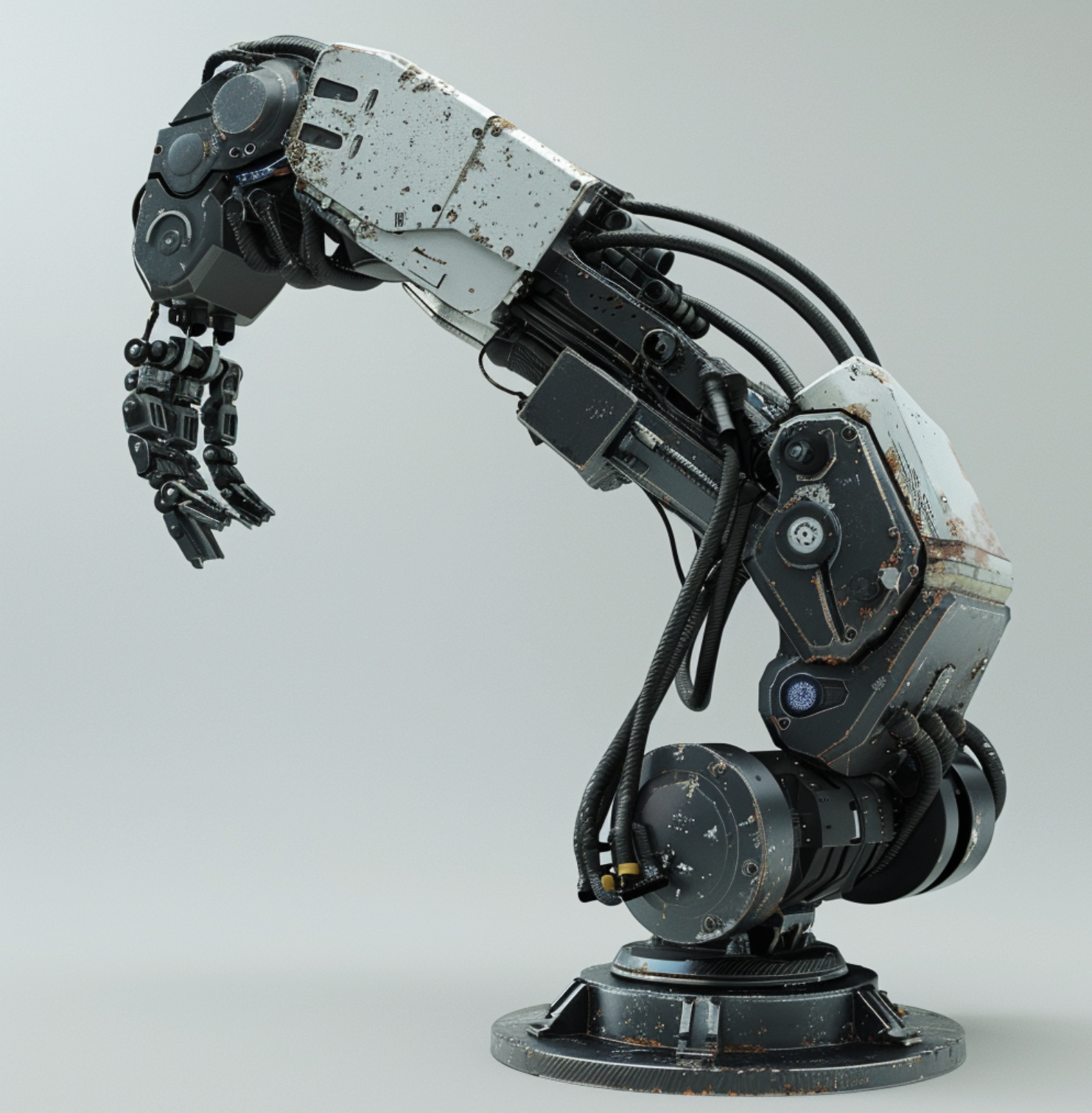

A Manipulator robot, also known as a robotic arm, is a highly advanced mechanical device designed to perform diverse and precise tasks in various industrial, medical, and scientific applications.
It consists of multiple interconnected joints and links that provide tremendous flexibility and range of motion.
The joints of a Manipulator robot are arranged in a specific configuration to resemble the anatomy of a human arm. This includes the shoulder joint (base), elbow joint, wrist joint, and additional joints for even more versatility.
The base joint provides the rotation around the vertical axis, which lets the robot arm reach different areas within its workspace.
Conversely, the elbow joint allows for bending and extending movements, while the wrist joint provides rotation around multiple axes for intricate manipulations.
Manipulator robots are heavily deployed in industrial automation processes, where they’re fantastic at performing repetitive tasks with second-to-none accuracy and consistency.
Plus, even though they tend to have a high upfront cost, they typically have an excellent ROI of just 1-3 years.
Manipulator robots use robotic arms and grippers to pick up, move, and place items.
As we mentioned above, each arm has multiple joints that provide high levels of dexterity and range of motion.
Let’s break them down in a little more detail:
As you can probably surmise, the two most common types of manipulation are pick and pPlace, where objects are grasped and moved from one location to another, and assembly, where components are put together.
Other applications include processing, inspection, and testing. The specific tasks a robot can perform depend on its design and end-effector.
This may not be common knowledge, but Manipulator robots are already widely used across an enormous range of industries.
Let’s take a look at some of the most common ones.

There are various types of Manipulator robots you should keep in mind, as they’re not all created equal. They differ in things like the number of axes, range of motion, repeatability, work envelope, and speed.
Here are the most common ones:
These are probably the most common type of Manipulator robots.
Cartesian robots have three linear axes of motion, allowing movement along the X, Y and Z axes.
Their range of motion resembles a cube, so they're ideal for pick and place applications or loading and unloading stations.
Cartesian robots are very precise but typically slower than other types. Popular brands of Cartesian robots include FANUC, ABB and Yaskawa Motoman.
SCARA stands for Selective Compliance Assembly Robot Arm. These robots have two parallel rotary joints to provide compliance in a selected plane.
What are they great at? They're designed for high-speed assembly applications and can reach around obstacles.
SCARA robots are very fast, accurate, and rigid. They're often used for assembly operations like picking up components, orienting, and inserting them into boards or housings.
Prominent SCARA robot manufacturers are Epson, Mitsubishi, and Toshiba Machine.
Articulated robots have rotary joints that provide an even higher degree of flexibility and dexterity.
They also have a large work envelope and can perform complex motion paths.
However, they typically require more advanced programming to achieve precise movements.
Articulated robots are frequently used for welding, painting, and other applications where flexibility and reach are important.
Major Articulated robot brands are Standard Bots, FANUC, Yaskawa Motoman, and KUKA.
Parallel robots have two platforms connected by several arms. The platforms move in coordinated motion, allowing for very high speed, precision, and rigidity.
However, their range of motion is typically limited to a small work envelope.
Even so, you’ll often see Parallel robots in applications like pick and place, machining, and scanning.
Some well-known Parallel robot manufacturers are FANUC, ABB, and Yaskawa.
Manipulator robots wouldn’t be of much use if they didn’t bring a host of benefits for businesses, would they?
Here are some reasons why Manipulator robots are such a valuable commodity:
Manipulator robots are pretty amazing machines that can take over repetitive and dangerous tasks in factories and warehouses.
With their ability to be programmed and controlled precisely, they open up all kinds of possibilities for automation and efficiency.
Now, it’s up to you to see what type of Manipulator robot is right for your business, take the plunge, and enter a new stage of productivity!
Ready to elevate your production capabilities? RO1 by Standard Bots is a leading-edge Manipulator robot arm that's perfect for burgeoning startups as well as established powerhouses.
Discover RO1 with a no-cost 30-day trial. Our support team is ready to guide you through the smooth incorporation of RO1 into your shop floor.